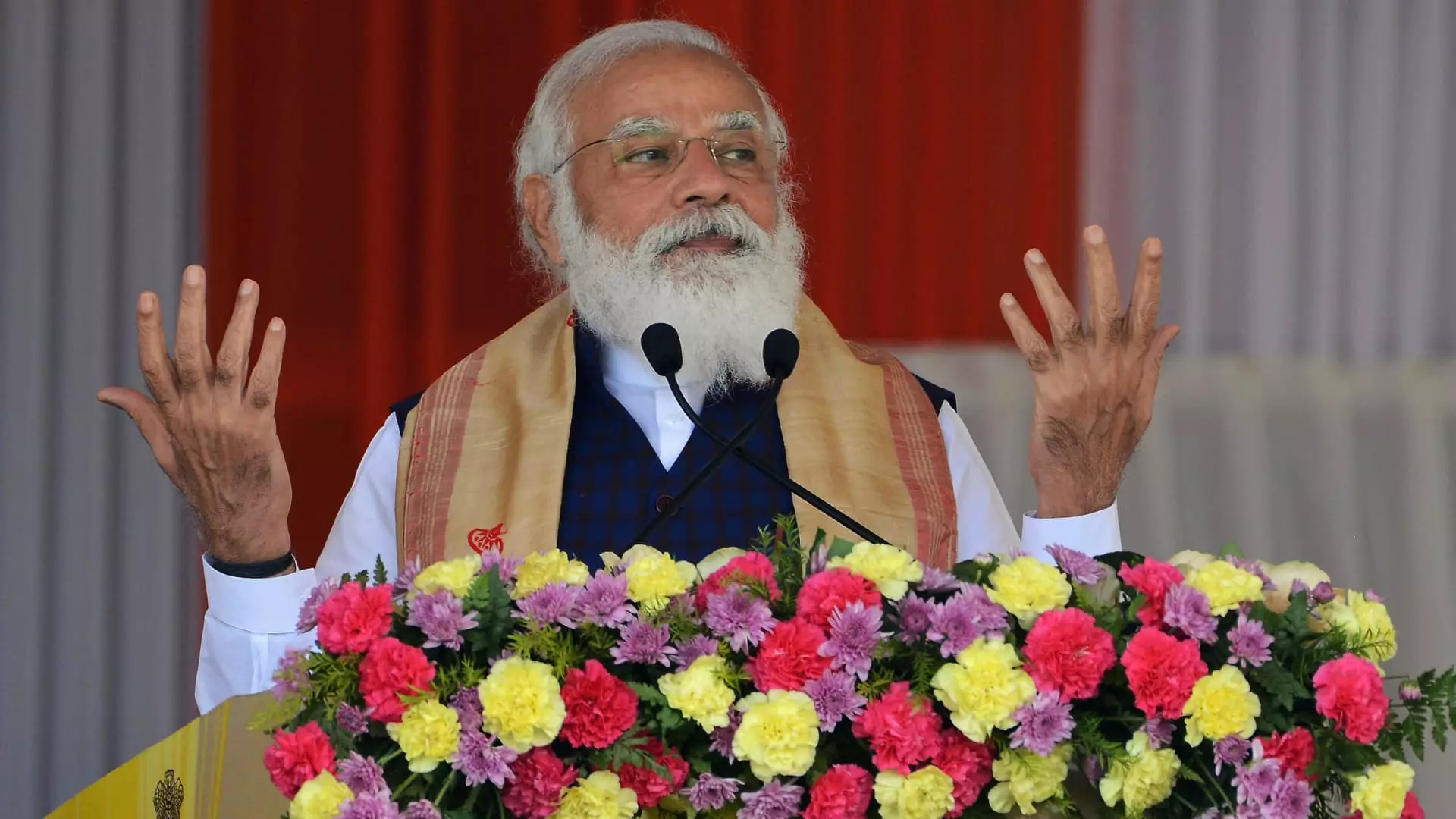As local exit polls indicate, Prime Minister Narendra Modi’s Bharatiya Janata Party-led alliance is on track to secure a parliamentary majority, paving the way for a rare third consecutive term in power. The BJP-led National Democratic Alliance is projected to win around 365 out of the 543 seats in the lower house of parliament. While final results may differ from these exit poll projections, the possibility of Modi serving for another five years as the country’s prime minister seems highly likely.
During Modi’s decade-long reign, India has experienced robust economic growth and has seen a significant improvement in its global reputation. With a population of 1.4 billion people, India boasts one of the fastest growing economies globally, achieving a growth rate of 7.2% in the fiscal year 2022-2023. The International Monetary Fund projects further growth for India’s economy in the coming years, with some economists believing that sustained growth of 7%-7.5% is achievable. Improving infrastructure, particularly in areas such as healthcare, is expected to be a key priority to drive continued growth.
In the BJP’s manifesto for the upcoming term, Modi has pledged to propel India to become one of the world’s top three economies, combat poverty aggressively, foster new avenues for growth, and address corruption. While global leaders have expressed optimism about India’s growth trajectory under Modi’s leadership, concerns have been raised about the potential for a democratic backslide during his third term in office. Issues such as religious divides and unemployment have continued to be significant topics of discussion during the election.
Despite Modi’s aspirations for India’s future economic and social development, there are challenges that lie ahead. Criticism has been leveled at Modi for his divisive rhetoric, particularly towards minority groups such as Muslims. The rise in unemployment has also been a pressing issue, with a survey highlighting that 62% of respondents felt it had become more difficult to find a job in the past five years. While Modi remains confident in his party’s performance in the elections, achieving a total of 400 seats may be a stretch, making the securing of around 303 seats, as in 2019, a significant milestone.
From an economic perspective, Modi’s leadership has brought progress and efficiency to governance in India. Despite the uncertainties surrounding the final election results, analysts anticipate a positive outlook for the Indian equity market based on Modi’s track record since 2019. The stability and growth potential under Modi’s leadership are seen as favorable factors for investors and market participants alike.
The future of India under Prime Minister Narendra Modi’s leadership holds both promise and challenges. While economic growth and development have been notable achievements under his tenure, concerns about democratic values, social cohesion, and addressing unemployment remain critical issues to be addressed. Modi’s ability to navigate these challenges and deliver on his promises will determine the trajectory of India’s future in the coming years.


Leave a Reply